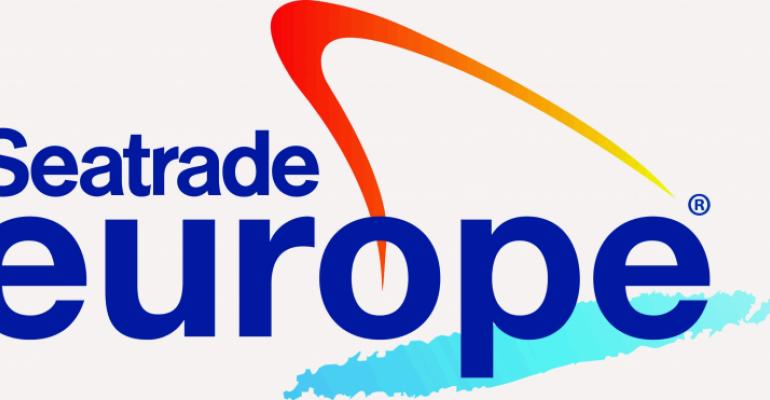How they are addressing berth and shoreside congestion, along with increased security risks, is the topic of a dedicated conference session at Seatrade Europe in Hamburg in September. In a new format, three case studies will be presented.
'No doubt the increasing tonnage of newbuilds requires adjustments from ports and destinations alike; the improvements that these key stakeholders are constantly working on are critical to the success of the whole industry,' said session moderator Alessandro Carollo, head of port operations EMEA, Royal Caribbean Cruises Ltd.
Since the world's largest cruise ships (Oasis class) began sailing in Europe in 2014, there has been a lot of engagement from both ports and destinations to better understand the requirements for ships of that size in terms of technical as well as touristic-related needs, Carollo added.
'All ports and destinations keen to work with mega-ships need to continue to improve their infrastructures and offering,' he said, 'utilizing the success and lessons learned from their predecessors.'
The first case study looks at port and airport collaboration for homeporting operations, and will be presented by Arnt Møller Pedersen, chief operating officer, Cruise & Ferries, Copenhagen Malmö Port.
For a number of years the port has been working with Copenhagen Airport, Bags Inc. and SAS to test an on-board airline check-in system that allows passengers to place their bags outside their cabin door the night before arrival in Copenhagen and then retrieve them at their final destination airport.
'In order to implement the service in full, we still have some challenges with the communication between the European airlines' Amadeus IT system and the Bags Inc. system,' Møller said.
The second case study, led by Sacha Rougier, md for Cruise Gate Hamburg, will look at adapting to a quickly changing world through efficient use of infrastructure. Rougier also has great insight into best security practices for ports, following the recent G20 summit in Hamburg.
Terminal security during the G20 summit and following the attacks in Munich and Nice are among the topics Rougier will discuss.
'Hamburg deployed some 20,000 police officers for the G20 summit to prevent violent protests and to protect government leaders. As terminal operators we need to deal with most eventualities and therefore we worked closely with the police to enable cruise ships to safely call at Hamburg during this period,' Rougier said.
The final case study focuses on sustainable tourism and managing congestion ashore and will be presented by Rita Berstad Maraak, port director for Geirangerfjord Cruise Port.
'We need to change to preserve,' she said. 'Geirangerfjord cruise port relies on a close dialogue with the shipping companies if we are to achieve an appropriate development of the region and a harmonious relationship between the local community and an active cruise industry. Together, we can ensure a forward-looking and sustainable development, safeguarding both commercial development and the environment.'
Seatrade Europe will take place Sept. 6-8, Hamburg Messe und Congress. The ports and destinations session is set for 10:30 a.m. to 11:30 a.m. Sept. 7.
Seatrade Cruise News readers can receive a 10% discount on conference passes here.
Copyright © 2024. All rights reserved. Seatrade, a trading name of Informa Markets (UK) Limited. Add Seatrade Cruise News to your Google News feed.


